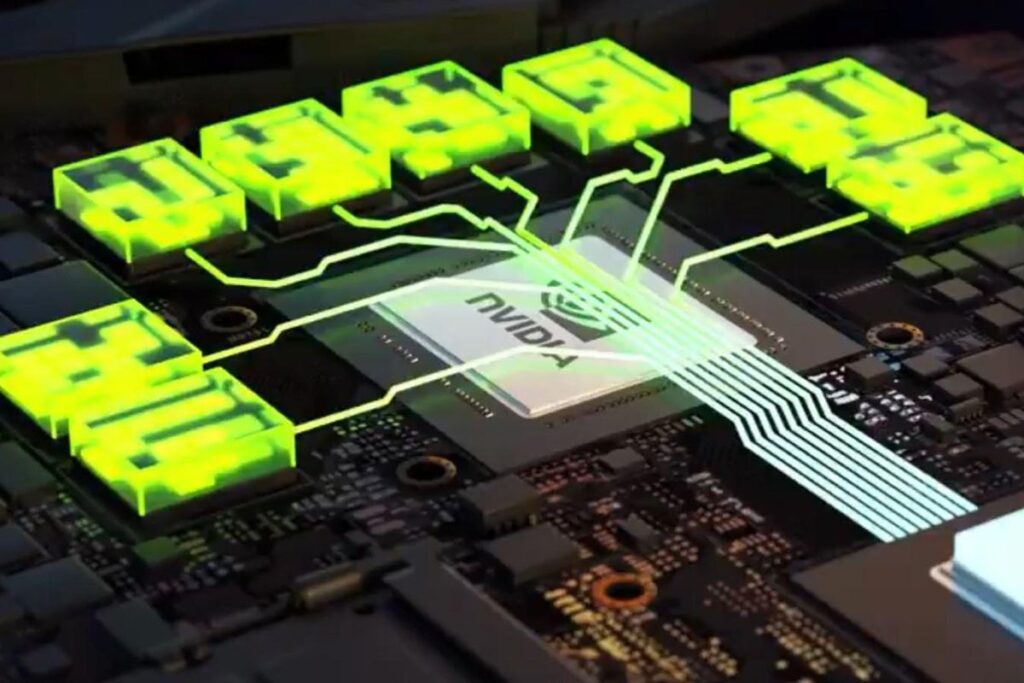Little brother to 3060 Ti

Nvidia cites gamers playing Watch Dogs 2 with high settings realizing 60 fps with a GeForce GTX 1060, but with Watch Dogs: Legion (released last October), they only get 24 fps. And with ray tracing turned on, the game becomes unplayable on the GTX 1060. The GTX 1060 also lacks the latest enhancements and features of newer GPUs.Nvidia’s GeForce GTX 1060 released in 2016 for $249 is currently the most popular graphics card on Steam (11.4%, Dec). Now, however, it’s starting to show its age as the production values of the latest games continue to improve, demanding more and more from an AIB.
To meet the need of that 11% of Steam users, and maybe some others, Nvidia has introduced the GeForce RTX 3060 with an estimated $329 price. The new AIB is expected to launch in late February. The RTX 3060 offers the features of Nvidia’s Ampere, 2nd Generation RTX architecture.
The RTX 3060 has a 192-bit bus, which allows the AIB to accommodate 12 GB of GDDR6 memory. And, Nvidia points out, the 12GB of GDDR6 also makes it a good choice for creators working with large datasets, models, and detailed scenes. The RTX 3060 employs Nvidia’s Ampere architecture.
A quick comparison of the RTX 3060 Ti and GTX 1060 is shown in the following table:
| RTX 3060 Ti | RTX 3060 | GTX 1060 | |
| GPU | GA104 | GA106 | GP106 |
| Cuda Cores | 4864 | 3584 | 1280 |
| Boost Clock GHz | 1.67 | 1.78 | 1.70 |
| Base Clock GHz | 1.41 | 1.32 | 1.7 |
| Memory GB DDR | 6-8 | 6-12 | 5-6 |
| Memory bus bits | 256 | 192 | 192 |
| Performance GFLOP | 16.197 | 11.934 | 4.375 |
| Price | $399 | $329 | $249 |
| Power | 207 | 170 | 192 |
Nvidia is also offering a memory management feature, Resizable BAR, as an optional PCI Express interface technology, with its 3000 series GPUs. When combined with a compatible motherboard, it enables all of the GPU memory to be accessed by the CPU at once, providing a performance boost in many games. Read more here.

This memory access is the same concept as AMD’s Smart Access memory introduced last November. Giving the CPU direct access to the GPU memory avoids I/O bottlenecks. It removes the limitation of reading 256 blocks of memory and allows the CPU to access all of the graphics frame buffer. But it requires a new motherboard. This feature is not available to the legacy system. Nvidia said it is working with AMD and Intel and the motherboard manufacturers to add the feature to motherboards later this year.
What do we think?
A 2018 GTX 1060 in today’s dollars would be $258. So, for an increase of 280% in Cuda cores plus ray tracing, you only have to pay 128% more—that’s a good deal and shows that Moore’s Law is still working.
We expect the 3060 to be as big a success for Nvidia as the 1060 was, maybe even more now that there are more gamers and new fantastic games.






